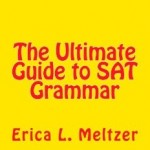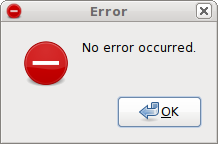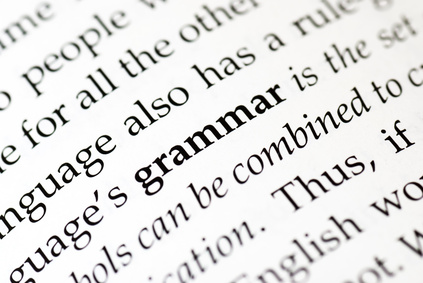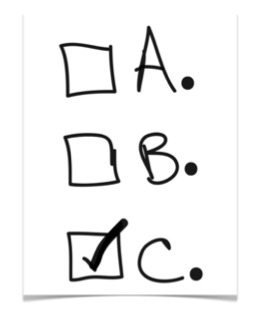This post is an excerpt from my SAT prep e-book, The Top 12 SAT Writing Grammar Rules. Get your copy today!
Ok, let me start this SAT Writing section tip off with a gripe that I think you’ll sympathize with.
The SAT Writing section claims to be all about “clarity” in grammar – in general, they penalize unclear sentences or consider them incorrect, and are really picky about small mistakes even when everyone knows “what they mean.”
Yet there’s this one grammar rule that’s “technically” correct even though it makes a clear sentence more confusing, and the SAT usually uses it a few times each test.
Let me give you an example:
If you would normally say “My house is cold in the winters,” the SAT can change that to “Cold in the winters is my house.”
They’ve placed the verb, “is,” before the subject of that verb, which is “my house.”
Again, no one talks like this, but it’s “technically” correct grammatically. So, the SAT Writing section can use it to cover a bigger problem.
For example, our original sentence could contain a Subject-Verb Error:
Get Exclusive SAT Prep Tips!
I want to send you more tips to help your SAT score, but I need your email address to stay in touch. Enter your email below so I can send you my reports on the SAT and other subscriber-only bonuses.
“My house are cold in the winters.”
Now the SAT could rearrange it, which helps cover the error:
“Cold in the winters are my house.”
Now, if you’re not attentive, you might slip up and think that “winters are” works, so the subject/verb pair is fine. However, the sentence is saying “my house is,” not “winters are.”
Small but incredibly important distinction.
Here’s another practice sentence with a similar mistake. Can you dig it out before continuing?
“Eating peanuts were the elephant.”
Rearrange this sentence:
“The elephant were eating peanuts.”
Now it sounds more normal, except for the grammar error!
“Elephant” is singular, but “were” is plural. Subject-Verb Agreement Error!
The authors of the SAT Writing section can combine this rearranged-sentence technique with unnecessary details to come up with some truly horrifying-looking sentences, but simply using the two simple strategies of eliminating details and rearranging sentences, you can turn these sentences back into something resembling human speech, and you will catch many more hidden errors.
This is one of those SAT Writing tips that can really improve your score by helping you get more of the difficult questions correct.
One final tip: eliminate details BEFORE rearranging the sentence.
Here’s an example of a complicated sentence that needs both detail-elimination and word-order-rearranging:
“Backwards in time slipped the completely-disoriented time-traveler, as swam the salmon upstream to mate.”
Eliminate details: “Backwards in time” is detail about where/when something happened. So is “upstream to mate.” “Completely-disoriented time-“ is all detail about what kind of traveler this was.
Here’s what we have now:
“Slipped the traveler, as swam the salmon.”
Rearrange both halves to get a simple (albeit fairly weird) sentence:
“The traveler slipped, as the salmon swam.”
This simplified version of the sentence would expose any subject/verb singular-plural errors, which is one of the most common grammar mistakes on the SAT Writing section.
If you agree with me about the potential usefulness of deliberately applying this tip to every SAT Writing question, pick up a copy of my book, The Top 12 SAT Writing Grammar Rules, which has many more SAT grammar tips and writing practice problems!
Further Reading:
Introduction to the SAT Writing Multiple-Choice Section
SAT Writing Tips: Eliminating Details Strategy
SAT Writing Rules: Subject-Verb Agreement
SAT Writing Topics: What Exactly is on the SAT Writing Test?
Additional Resources:
SAT Grammar Crammer: The Top 12 SAT Writing Rules (e-Book)
Hey wait! Before you leave, have you joined my SAT prep mailing list? I send my subscribers exclusive bonus content to help them prepare – available nowhere else!

















Find Me on Social Media